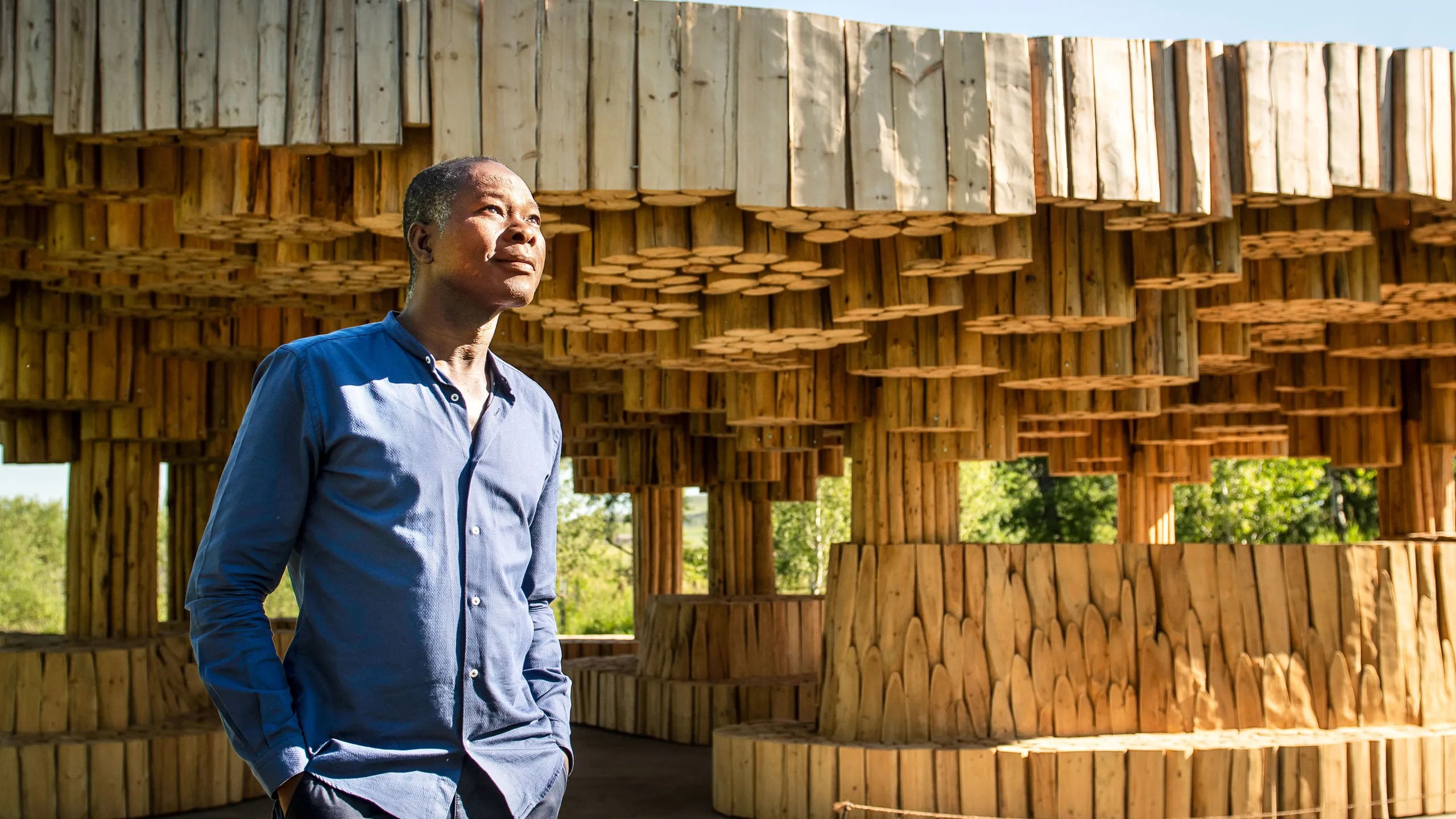He aimed to strengthen societies through architecture: Who is Francis Kere?
Born in Gando village of Burkina Faso, Architect Kere later had to move to Berlin for his education. However, he says that Gando remains a place where inequality and a sense of belonging prevail for him.

Kere's education in Gando in classrooms away from ventilation and light, as well as his grandmother's definition of a safe space instinctively created with parameters, are the first factors that shape his perspective on architecture. That's why the building blocks of Kere's spaces are air conditioning, light, and belonging. Before physical parameters, Kere prioritizes the feeling of belonging in the space. -Moreover, physical parameters are already reinforcements of this belonging.- Blending architecture with society, Kere aims to strengthen and transform societies through architecture.
Diébédo Francis Kéré (born 10 April 1965) is a Burkinabé-German architect, recognized for creating innovative works that are often sustainable and collaborative in nature. In 2022, he became the first African to receive the Pritzker Architecture Prize.
Kere, who continued his education in Berlin during secondary school, was learning furniture making during the day with a carpentry scholarship and continued his school education at night. In the eyes of the Kere, the Berlin-Gando comparison was concrete evidence of inequality. He believes that solutions to this social inequality can be produced through architecture; He believed that society would change architecture and architecture would change society.
Kere, who was educated both in Berlin and Gando, experienced firsthand the impact of the physical environment on the perceptual process. So when he came to Berlin, he promised himself that one day he would make schools better in extreme climates, creating spaces that allow for real teaching, learning, and excitement. As a matter of fact, Kere stood by his words and founded the Kere Foundation while he was still a student, to raise funds and defend children's right to education in a comfortable environment. As expected, the first building of this foundation was Gando Primary School, the construction of which started in 2001.
Gando Primary School, a blend of local materials and creative lines of modern engineering, won Francis Kere the Aga Khan Award for Architecture in 2004. After his success was confirmed with an award, a domino effect spread to Burkina Faso, Kenya, Mozambique, and Uganda; Begins to design primary schools, secondary schools, high schools, and medical facilities.
We see a poetic use of light in Kere's designs. The Architect, who thinks that defining and recognizing a space is possible with light, says: “Being able to filter natural light in accordance with living conditions and transfer it to the interior space is an essential issue for our spiritual and physical well-being. I learned a lot about this from the local architecture of Burkina Faso. Like being able to filter natural light through very narrow openings without bringing warmth inside. If we want to improve as a society, we must embrace tradition. It is not possible to modernize with Eurocentric methods, leaving tradition and locality behind.” That's why Kere prioritizes natural air conditioning, the use of natural light in the space, local materials, and the contribution of the local people in its designs.
The fact that he presents tradition by integrating it with modern architecture in the world's least developed countries makes him a bridge between Africa and the West.
---------------------------------------
Francis Kéré Becomes First Black Architect to Win Pritzker Prize
https://galeriemagazine.com/francis-kere-pritzker-prize/
